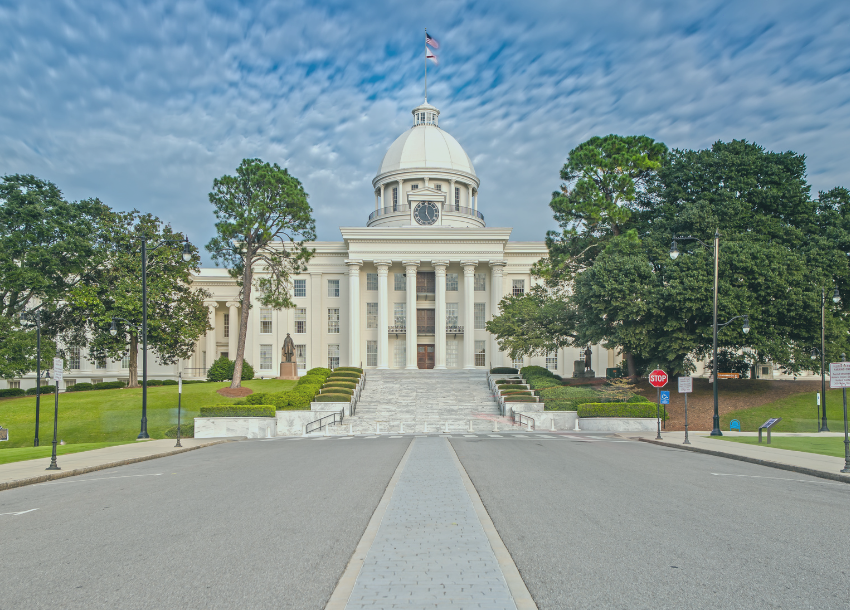PPP Loan Forgiveness and the Deductibility of PPP Loan Expenses
The Paycheck Protection Program (PPP) created as part of the CARES Act and expanded via the Paycheck Protection Program and Health Care Expansion Act has generated a lot of press, a plethora of guidance from the Small Business Administration (SBA), and plenty of unanswered questions. For primers on the PPP and its expansion read this and this.
One of these unanswered questions is what are the tax consequences of PPP loan forgiveness. While, section 1106(i) of the CARES Act excludes from gross income the amount of any PPP loan that is forgiven under section 1106(b) of the CARES Act, it does not address whether corresponding PPP loan expenses are deductible given the income exclusion or if Net Operating Losses (NOLs) and other tax attributes need to be reduced to the extent of the income exclusion.
Notice 2020-32
The IRS has started to address some of these tax consequences with the issuance of Notice 2020-32, which clarified that no deduction is allowed under the Internal Revenue Code (Code) for PPP loan expenses if the payment of those expenses results in forgiveness of the PPP loan under section 1106(b) of the CARES Act, and that forgiven amount is excluded from gross income via section 1106(i) of the CARES Act.
How did the IRS get there? First, a PPP loan may be forgiven to extent the loan proceeds are spent on the following items during the 8-week covered period: (1) payroll costs, (2) any payment of interest on any covered mortgage obligation, (3) any payment on any covered rent obligation, and (4) any covered utility payment. Second, assuming none of the reduction factors are triggered, the PPP loan may be forgiven in its entirety if all of the proceeds are spent on permissible items during the covered period and at least 75% of the forgivable amount is attributable to payroll costs. Third, section 1106(i) of the CARES Act excludes the PPP loan forgiveness amount from gross income, even though it would ordinarily be characterized as cancellation of indebtedness income (CODI).
Normally, sections 162 and 163(a) of the Code would allow for deductions for expenses paid related to (1) payroll costs, (2) any payment of interest on any covered mortgage obligation, (3) any payment on any covered rent obligation, and (4) any covered utility payment. Here, absent any express reference in the CARES Act, the IRS is going to rely on section 265(a)(1) and the applicable regulations to disallow any otherwise allowable deduction under the Code for the amount of any payment of an eligible PPP expense to the extent of the resulting covered loan forgiveness (up to the aggregate amount forgiven) because such payment is allocable to tax-exempt income. Ultimately, the IRS is trying to prevent a double tax benefit, i.e., receiving a deduction for spending loan proceeds that are eventually forgiven and excluded from gross income.
Depending on how quickly (or slowly) the SBA processes PPP loan forgiveness applications, some businesses (and accountants) could run into some compliance issues when it’s time to file 2020 tax returns since PPP loan forgiveness is not a given when the loan is issued and therefore it is uncertain if the expenses funded by the PPP loan are deductible. The deductibility can only be determined after the forgiveness amount is determined. Further, subsequent adverse audits of the PPP loan forgiveness amount may necessitate the need to file amended returns, if the statute of limitations on assessment is still open.
Open Items
- How does PPP loan forgiveness interact with the NOL reduction mechanisms included in section 108 of the Code?
- Section 108(b)(3)(A) generally reduces NOLs and other favorable tax attributes dollar-for-dollar to the extent that CODI is excluded from gross income.
- However, the CARES Act did not amended section 108, and given the other favorable NOL amendments in the CARES Act, it may be reasonable to take a position that excluded PPP CODI does not reduce NOLs.
- How does excluded PPP CODI effect partnership income allocation under section 752 of the Code?
- Will partners be required to reduce their partnership basis by their distributive share of the partnership’s reduction in liabilities as a result of the PPP loan forgiveness even though the PPP CODI is excluded?
- Some additional guidance will be needed here.
Conclusion
There are still many questions to be answered concerning the PPP and the CARES Act in general. This will require careful evaluation of return positions taken by taxpayers who may have to rely on FAQs and other lesser forms of guidance, or no guidance. While the IRS has generated an incredible amount of guidance in a short time frame and during a pandemic, compliance issues will abound when it comes time to file 2020 tax returns. And, who knows what the states will do considering the anticipated shortfalls.
Keep checking for updates and additional Insights here. For more detailed information and guidance please reach-out to David M. McCallum and your Nexsen Pruet Tax Team.
Our insights are published as a service to clients and friends. They are intended to be informational and do not constitute legal advice regarding any specific situation.
About Maynard Nexsen
Maynard Nexsen is a full-service law firm with more than 550 attorneys in 24 offices from coast to coast across the United States. Maynard Nexsen formed in 2023 when two successful, client-centered firms combined to form a powerful national team. Maynard Nexsen’s list of clients spans a wide range of industry sectors and includes both public and private companies.







